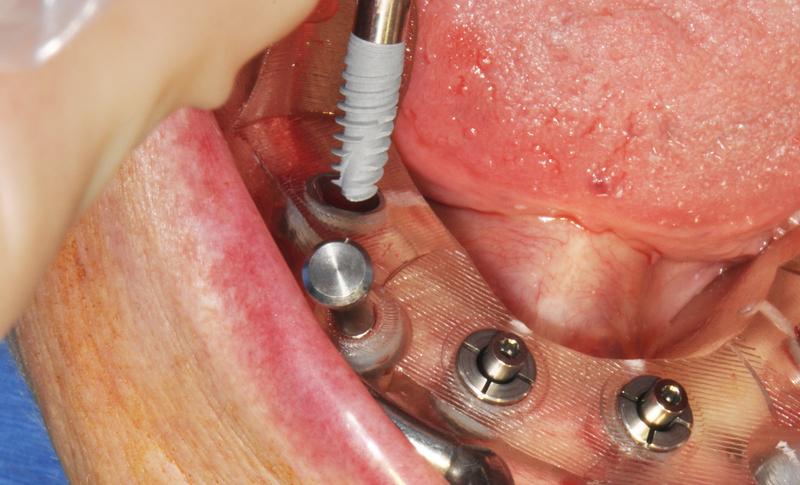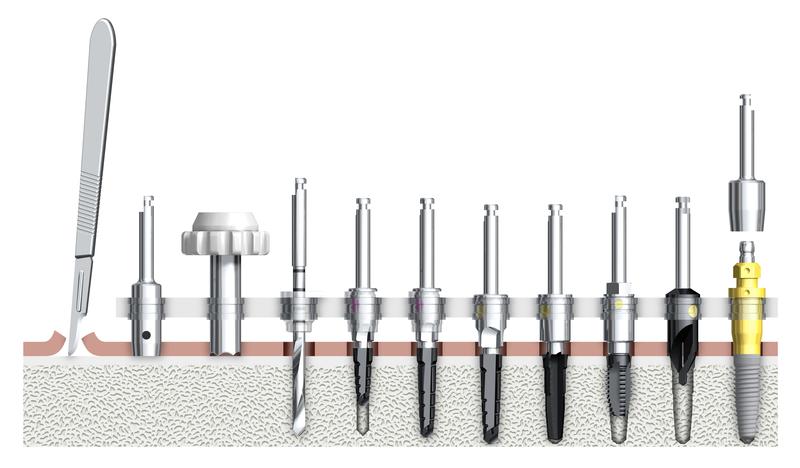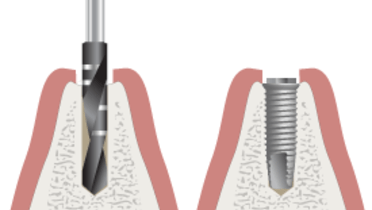-
0
Patient Assessment
- 0.1 Patient demand
- 0.2 Overarching considerations
- 0.3 Local history
- 0.4 Anatomical location
- 0.5 General patient history
-
0.6
Risk assessment & special high risk categories
- 5.1 Risk assessment & special high risk categories
- 5.2 age
- 5.3 Compliance
- 5.4 Smoking
- 5.5 Drug abuse
- 5.6 Recreational drugs and alcohol abuse
- 5.7 Parafunctions
- 5.8 Diabetes
- 5.9 Osteoporosis
- 5.10 Coagulation disorders and anticoagulant therapy
- 5.11 Steroids
- 5.12 Bisphosphonates
- 5.13 BRONJ / ARONJ
- 5.14 Radiotherapy
- 5.15 Risk factors
-
1
Diagnostics
-
1.1
Clinical Assessment
- 0.1 Lip line
- 0.2 Mouth opening
- 0.3 Vertical dimension
- 0.4 Maxillo-mandibular relationship
- 0.5 TMD
- 0.6 Existing prosthesis
- 0.7 Muco-gingival junction
- 0.8 Hyposalivation and Xerostomia
- 1.2 Clinical findings
-
1.3
Clinical diagnostic assessments
- 2.1 Microbiology
- 2.2 Salivary output
-
1.4
Diagnostic imaging
- 3.1 Imaging overview
- 3.2 Intraoral radiographs
- 3.3 Panoramic
- 3.4 CBCT
- 3.5 CT
- 1.5 Diagnostic prosthodontic guides
-
1.1
Clinical Assessment
-
2
Treatment Options
- 2.1 Mucosally-supported
-
2.2
Implant-retained/supported, general
- 1.1 Prosthodontic options overview
- 1.2 Number of implants maxilla and mandible
- 1.3 Time to function
- 1.4 Submerged or non-submerged
- 1.5 Soft tissue management
- 1.6 Hard tissue management, mandible
- 1.7 Hard tissue management, maxilla
- 1.8 Need for grafting
- 1.9 Healed vs fresh extraction socket
- 1.10 Digital treatment planning protocols
- 2.3 Implant prosthetics - removable
-
2.4
Implant prosthetics - fixed
- 2.5 Comprehensive treatment concepts
-
3
Treatment Procedures
-
3.1
Surgical
-
3.2
Removable prosthetics
-
3.3
Fixed prosthetics
-
3.1
Surgical
- 4 Aftercare
Tapered implant placement
Key points
- Based on their shape, tapered implants will achieve a gradually increasing contact pressure with the surrounding bone and thus provide high primary stability
- In case of soft bone quality (e.g. in the maxilla) consider appropriate underpreparation
- Dense bone (e.g. hard cortical bone, mandible) may require preliminary cutting of the threads with a screw tap
- For the drilling procedure it should be considered that the lengths of the drills to be used should principally exceed the lengths of the implants to be placed by 1 mm
- Drilling must be accompanied by sufficient irrigation preventing the bone from overheating
Tapered implants and primary stability
With appropriate pre-drilling based on their shape upon insertion into the bone, tapered implants will achieve a gradually increasing contact pressure with the surrounding bone and thus provide a high primary stability. This primary stability makes this type of implant perfectly suitable for immediate loading and also for immediate implantation following tooth extraction. The staggered increase of the drill and/or implant diameter will also provide an opportunity for immobility through partial anchorage of the implant in apical bone and thus will make this type of implants especially recommendable for immediate implantation into an empty alveolus. If the insertion torque/initial stability is below 35 Ncm, immediate loading should be reconsidered depending on indication and opposing jaw dentition.
Bone quality
With a targeted selection of implant length, implant diameter and differently shaped threads, the available bone mineral density and the available bone volume may be accounted for. Moreover, the reduced bone mineral density frequently encountered in the maxilla and distal mandible may be addressed by appropriate underpreparation. In the mandible, the hard cortical bone may require preliminary reaming of a thread prior to rotary insertion of the implant.
Osteotomy considerations
For the drilling process itself, the surgeon is advised that the lengths of the drills to be used should principally exceed the lengths of the implants to be placed by 1 mm.
Principally, drilling speed should not exceed 2000/min (with pre-reamed thread max. 25/min). Drilling must be accompanied by sufficient irrigation preventing the bone from overheating.

Detailed drilling protocols
For detailled information on osteotomy of the site and the drill protocol refer to the instructions and handbooks of the respective manufacturers and implants.



